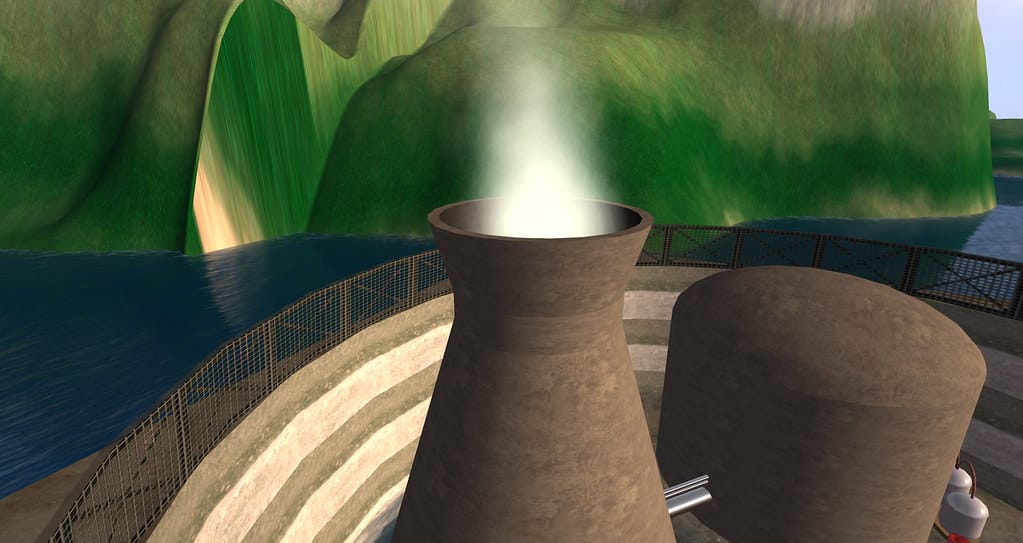California's Virtual Power Plant Breakthrough: 100,000 Homes Unite to Stabilize the Grid
California just proved that the future of energy isn't just about massive power plants—it's about turning every home into a piece of the grid itself. In a groundbreaking test, the state successfully operated a "virtual power plant" that drew electricity from batteries installed in 100,000 homes, marking a pivotal moment in how we think about energy storage and distribution.
What Is a Virtual Power Plant?
Unlike traditional power plants that generate electricity in one massive facility, virtual power plants (VPPs) aggregate distributed energy resources—like home batteries, solar panels, and smart appliances—into a network that can be controlled as a single entity. Think of it as turning thousands of individual homes into one coordinated energy system.
California's test, conducted during peak demand periods, demonstrated that residential battery systems could collectively provide the same grid-stabilizing services as conventional power plants. The pilot program connected batteries from companies like Tesla, Enphase, and Sunrun, creating a distributed network capable of storing and releasing electricity on command.
The Numbers Behind the Success
The scale of this achievement is impressive. The 100,000 participating homes represented roughly 1.5 gigawatts of potential power capacity—equivalent to a large nuclear power plant. During the test periods, the virtual power plant successfully:
- Reduced peak demand by up to 200 megawatts
- Provided grid stabilization services during high-stress periods
- Maintained response times comparable to traditional peaker plants
- Delivered cost savings of approximately 30% compared to conventional alternatives
This represents the largest residential virtual power plant test in U.S. history, surpassing previous pilots in Vermont and other states by an order of magnitude.
Why This Matters for California's Energy Future
California faces unique energy challenges that make virtual power plants particularly valuable. The state experiences dramatic demand swings, especially during summer months when air conditioning usage peaks. Additionally, the "duck curve"—a phenomenon where solar energy production drops rapidly at sunset while demand remains high—creates daily grid management challenges.
Traditional solutions involve firing up expensive "peaker" plants that sit idle most of the year but activate during high-demand periods. These plants are costly to maintain and often rely on fossil fuels. Virtual power plants offer a cleaner, more distributed alternative that's already installed in people's homes.
The test also demonstrated resilience benefits. Unlike centralized power plants that create single points of failure, virtual power plants distribute risk across thousands of locations. During emergencies, participating homes can potentially operate as local microgrids, maintaining power even when the broader grid experiences outages.
Economic Implications and Incentives
The economic model behind virtual power plants creates win-win scenarios for utilities and homeowners. Participants in California's program received payments for making their battery capacity available to the grid—essentially monetizing their energy storage investments.
For utilities, virtual power plants reduce the need for expensive infrastructure investments in new power plants and transmission lines. The California Independent System Operator (CAISO) estimates that widespread VPP adoption could defer billions in traditional grid infrastructure costs.
Homeowners benefit through reduced electricity bills and additional income streams from their battery systems. Some participants reported earning $200-500 annually by participating in grid services, helping offset the initial cost of battery installations.
Scaling Challenges and Next Steps
While the test succeeded, scaling virtual power plants faces several hurdles. Technical challenges include improving battery management systems, standardizing communication protocols, and ensuring cybersecurity across distributed networks. Regulatory frameworks also need updating to accommodate this new model of grid participation.
California plans to expand the program significantly, with goals of reaching 500,000 participating homes by 2027. The state has allocated $100 million in incentives to accelerate residential battery adoption and VPP participation.
The Ripple Effect Across America
Other states are watching California's virtual power plant experiment closely. Texas, with its independent grid and frequent extreme weather events, is piloting similar programs. East Coast states facing aging infrastructure see VPPs as potential solutions to avoid costly grid modernization projects.
The federal government has also taken notice, with the Department of Energy announcing $25 million in funding for virtual power plant research and development programs nationwide.
Looking Ahead: A Distributed Energy Revolution
California's successful virtual power plant test represents more than a technical achievement—it's a preview of how energy systems might evolve. As battery costs continue falling and smart home technology advances, the line between energy consumer and producer will increasingly blur.
This shift toward distributed, democratized energy systems could fundamentally change how we power our lives, making the grid more resilient, affordable, and sustainable. California just showed us that the future of energy might not be built around massive power plants, but rather around the collective power of ordinary homes working together.
